Eutrochium maculatum
A tall summer plant with large flower clusters
Eutrochium maculatum spotted Joe-Pye-weed
Add to MyPlants View Locations
If you like your wildflowers on the large size you will like this member of the aster family. It grows two to ten feet high. From July to September it produces large clusters of pinkish flowers in large dome-shaped clusters. The individual tubular flowers are only 1/3-inch wide, but the fragrant clusters are often over six inches wide. Individual flowers have long protruding styles that give the cluster a fuzzy appearance. Each compound flower head can produce 8-22 disk florets but there are no ray florets. The nectar attracts a variety of bees and butterflies. The fruit is an achene that has tufts of hair to allow wind distribution.
This wildflower is distinguished from other similar species by its deep purple or purple-spotted stem. The leaves of this species are about 8 inches long, thick and toothed and arise in whorls of four to five from a stem with a solid interior. These leaves taper at both ends and have short stalks.
Spotted Joe-Pye-weed grows in Canada, northern parts of the United States and further south in the mountains. It tends to grow in moist meadows and wet thickets and close to streams, ponds and marshes, but can appear in roadside ditches. It does well in full sunlight. It often grows in large colonies, spreading by underground stems called rhizomes.
There are now also three recognized subspecies of spotted Joe-Pye-weed. The one most often found is Eutrochium maculatum maculatum. Other species include sweet Joe-Pye-weed with a green, solid stem and purple only near the point where the leaves attach, and leaves in whorls of 3 or 4, and hollow Joe-Pye-weed with a hollow and mostly purple stem.
This species can be purchased from online flower outlets and is best bought as a rhizome. There are a few cultivars available that differ a bit from the wild form. They form a good background plant in a large garden.
Habitat & Range
Common in floodplains, swamps, and alluvial thickets.
Mostly grows in the north of the state, present in other areas as well.
Range: Found in Canada, northern parts of the United States and further south in the mountains.
| EMP: | FACW |
|---|---|
| NCNE: | OBL |
Phenology
Flowers July to September.
Plant Codes
S-rank: No rank
G-rank: G5 (Secure)
APG/Taxonomization Info
This plant has recently been reclassified out of the genus Eupatorium into the genus Eutrochium and then into Eupatoriadelphus, but many sources still use the older names. An even older scientific name was Eupatorium purpureum var. maculatum.
Eutrochium maculatum spotted Joe-Pye-weed
Synonyms: Eupatorium maculatum, Eupatorium purpureum var. maculatumAdd to MyPlants View Locations

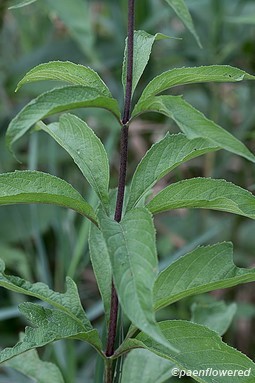

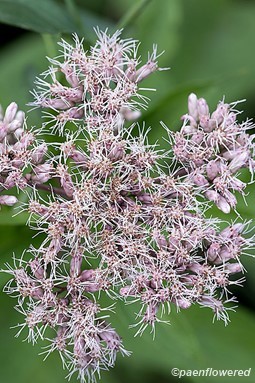
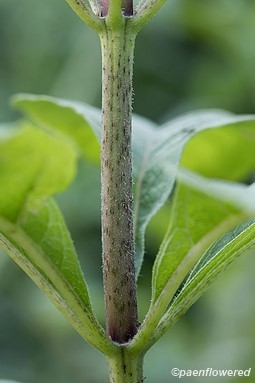
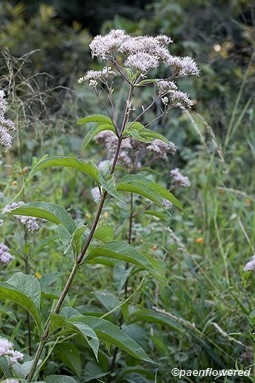
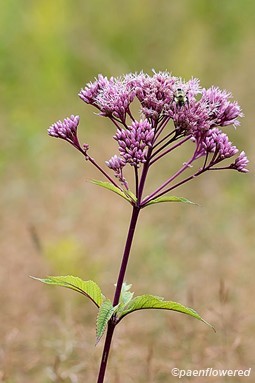



Comments
Have you spotted this plant in your area? We'd love to hear about your experience! Share your comments or questions about the plant below. Comments are moderated before posting.